Reduce 25-30% of training time for new engineers for businesses
“India, Vietnam and many other countries are facing a shortage of talent in the high-tech sector. That means we need to start training and developing human resources right from the school bench,” said Mr. Deepak NG, CEO of Dassault Systèmes India, at the Business Leadership Forum organized by the National Innovation Center (NIC) on August 20.
According to experts, today's workforce must keep abreast of industry trends and new technologies, as well as be ready to adapt. For students, providing jobs or skills training is not enough, but also guiding them to be creative at every stage.
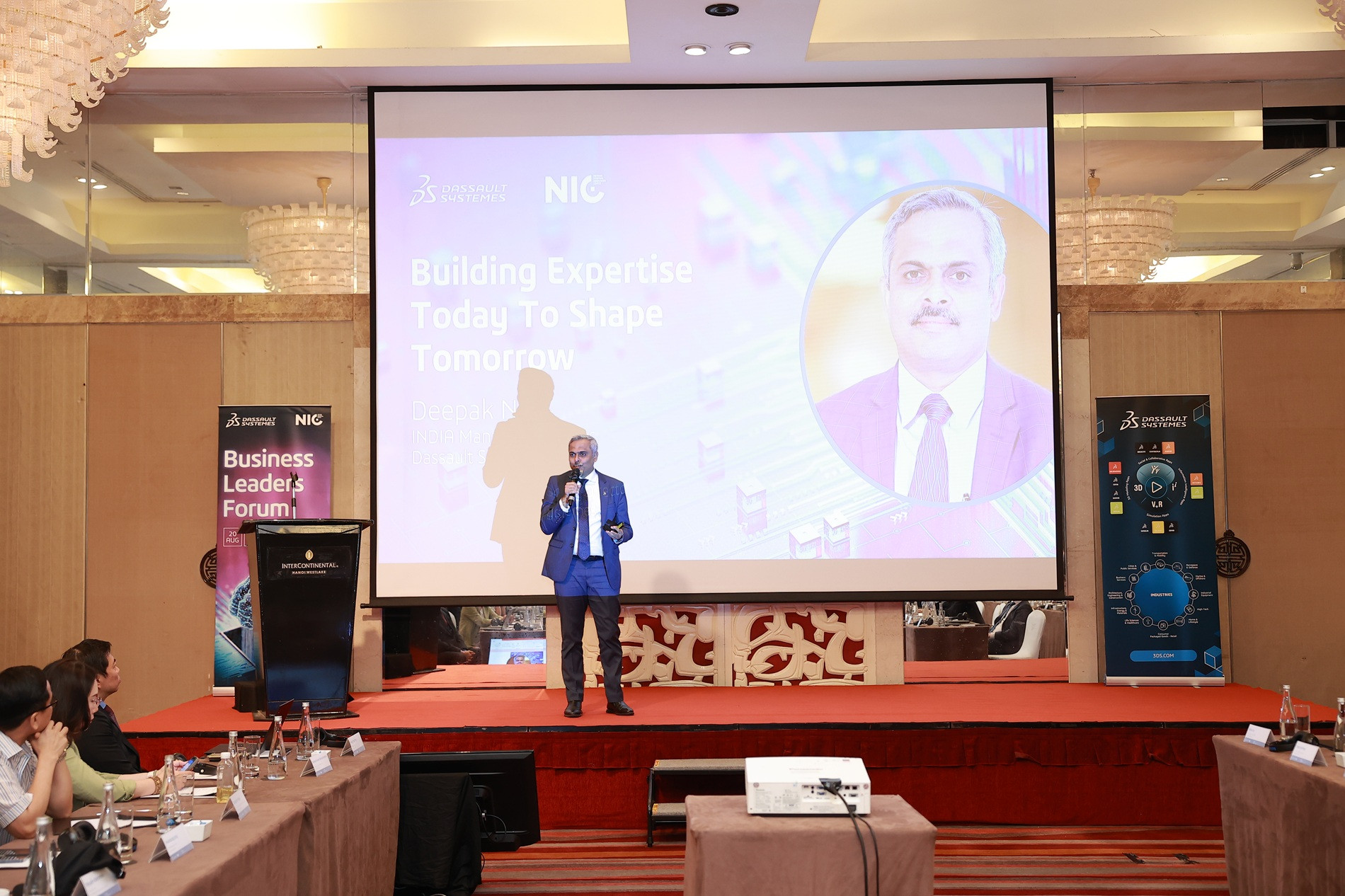
In any industry, innovation is needed across the entire value chain from ideation, design, manufacturing, simulation, customer experience to service. That is why it is important to build labs where engineers can work with new technology.
However, Mr. Deepak pointed out, when resources are limited and technology is constantly changing, it is impossible to build a fully equipped physics laboratory for daily use.
To address this challenge, India has established seven 3D Experience Centers of Excellence using virtual twin technology, each specializing in a specific area such as mining, automobiles, electric vehicles, construction – urban planning, aerospace, defense, logistics and offering different training programs.
To elaborate, Klaus Krohne, Senior Sales Director Asia Pacific at Dassaults Systèmes, said that virtual twin technology creates a digital replica of a product, a process, or even a factory. For example, in the semiconductor industry, virtual twin models are built at the device, process, and system levels. This technology allows engineers to simulate the entire manufacturing process of 3D integrated circuits (3D ICs) or high-bandwidth memory (HBM), checking the response and results immediately.
More than 100,000 students have been trained using the new approach, which connects directly to business projects. “This approach reduces the actual training time for new engineers by 25-30%, while supporting startups and SMEs to test technologies without having to invest heavily in facilities,” said a Dassault Systèmes executive.
The Way for Vietnam: Cooperation and Technology Application
Vietnam, with its young workforce, is also facing a great opportunity to become a new semiconductor manufacturing hub. However, there is still a gap between university training programs and the actual requirements of businesses.
According to Mr. Nguyen Thanh Chuong, Chairman of the Council of the University of Transport, universities play a pivotal role in building an innovation ecosystem, especially in high-tech fields such as semiconductors and artificial intelligence.
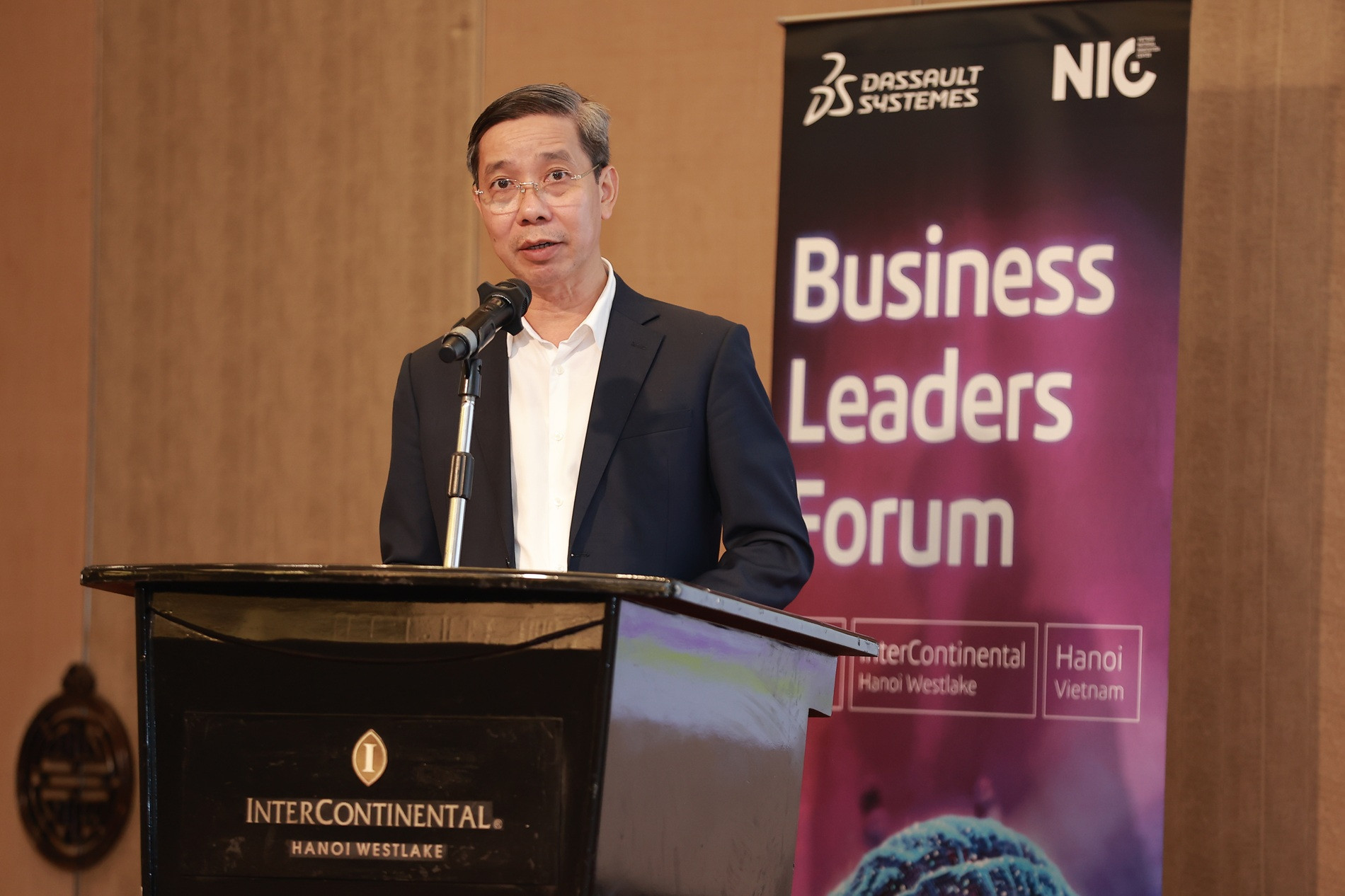
He informed that many schools have been planned to develop closely with businesses, deploy advanced training models, incorporate real-life projects into the curriculum, and invite business experts to teach to ensure high applicability. Universities play a central role in the technology transfer ecosystem, turning research results into products and standards, shortening the time from research to market.
According to the plan for the network of higher education institutions until 2030, the Government has identified the University of Transport as one of the top 7 technical schools in Vietnam, oriented to develop into a key institution in engineering and science - technology, building a national laboratory for high-speed railways and a laboratory for semiconductors. The school has implemented many solutions, including signing cooperation agreements with many units, including Dassault Systèmes, creating conditions for students to participate in real projects while still in school.
“In the context of rapid technological development, the combination of schools, businesses and society, bringing technology from research to production and market is an inevitable process. To shorten the process, universities need to accompany businesses and researchers, promoting common development and success,” said the Chairman of the Council of the University of Transport.
Vietnam can learn from India’s experience and implement some key solutions. First is to vigorously apply virtual twin technology. Instead of investing in expensive and complex physical laboratories, digital platforms will help students simulate the entire production process, design, test and solve problems quickly.
Second, it is necessary to promote training models associated with real projects. Universities should cooperate closely with businesses to incorporate practical problems into the curriculum, helping students accumulate experience and understand the needs of the industry.
Developing human resources in the digital age is not simply about skills training, but also about building a sustainable ecosystem where schools, businesses and society work together.
According to Mr. Deepak, international cooperation will help accelerate the process of developing human resources in Vietnam. “Together, through the virtual world , we can help students realize the future... Developing the workforce is not only about skills training, but also about building a collaborative ecosystem between the Government, businesses and academia. With this cooperation, Vietnam is not only ready to receive technology, but can also rise to lead in strategic technologies,” he shared.
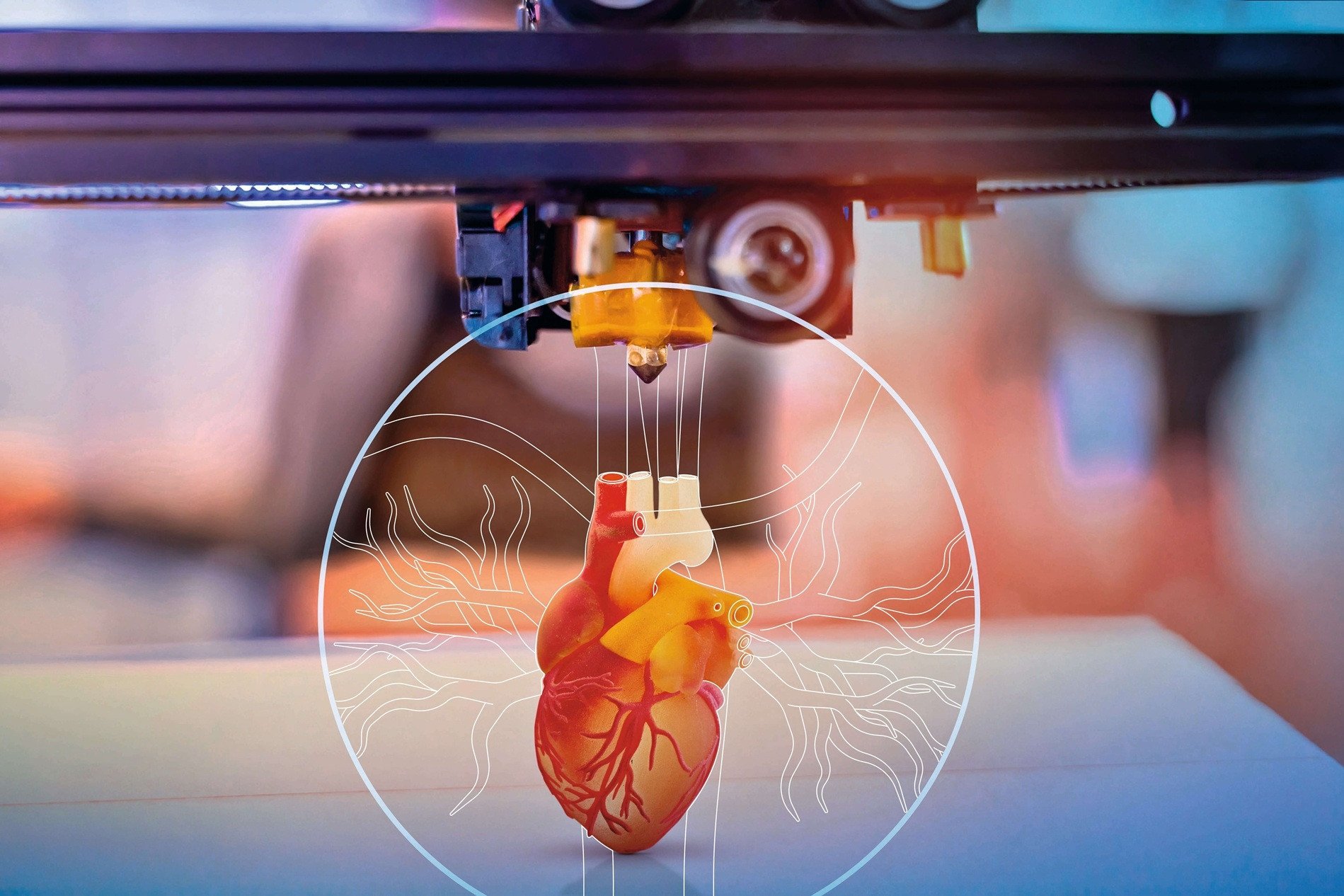
Source: https://vietnamnet.vn/cong-nghe-song-sinh-ao-co-the-rut-ngan-thoi-gian-dao-tao-ky-su-viet-2434231.html


![[Photo] Opening of the 13th Conference of the 13th Party Central Committee](https://vphoto.vietnam.vn/thumb/1200x675/vietnam/resource/IMAGE/2025/10/6/d4b269e6c4b64696af775925cb608560)









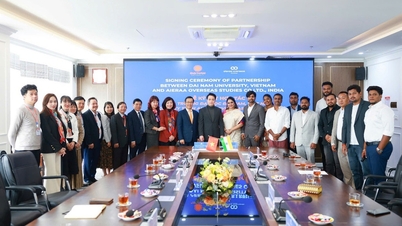

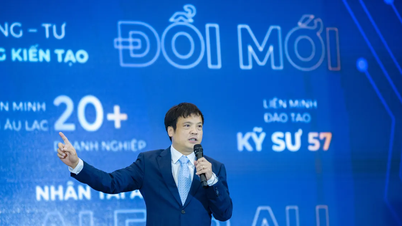





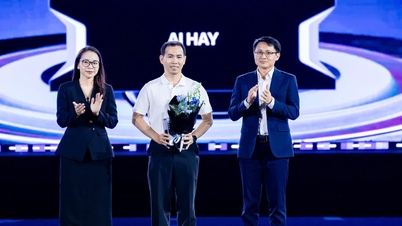

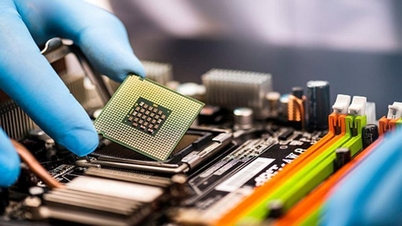
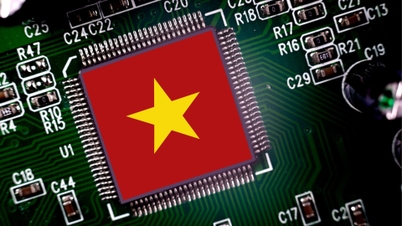
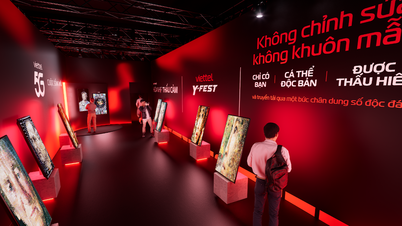
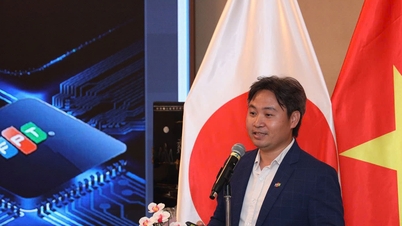









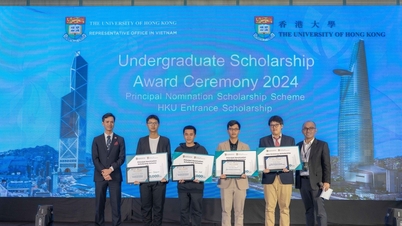







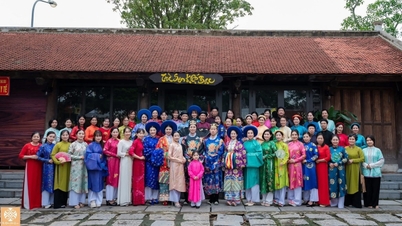








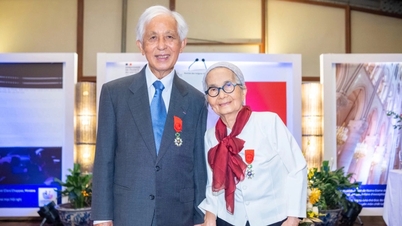
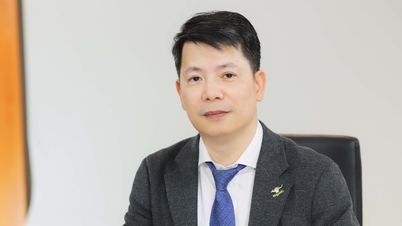





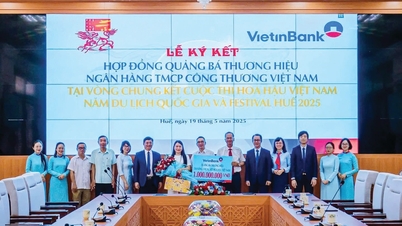
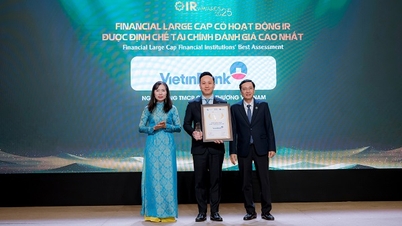






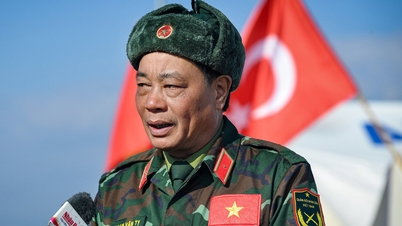

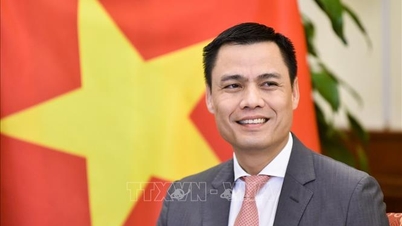


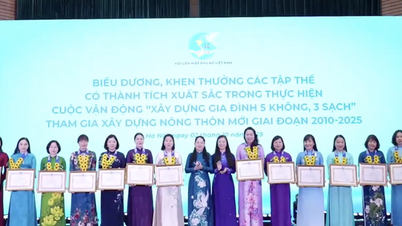

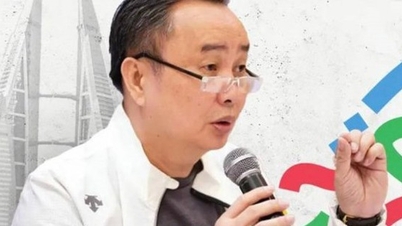

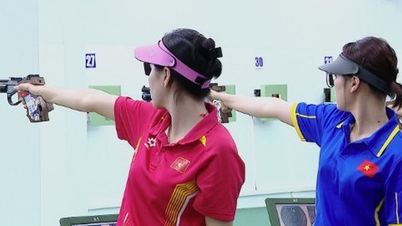

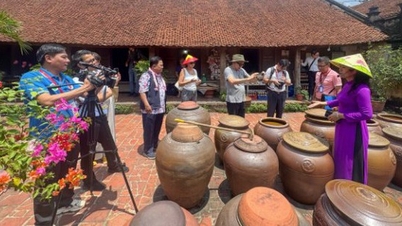
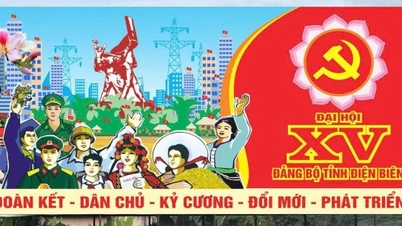
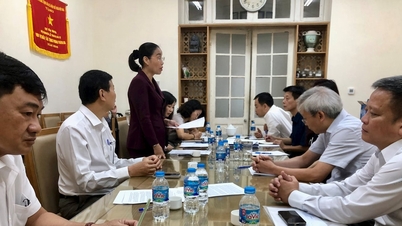



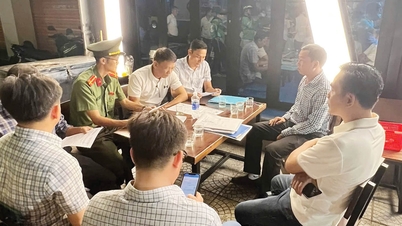

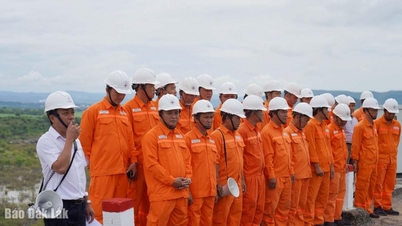


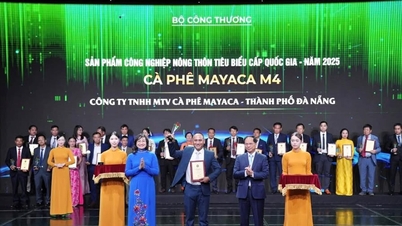
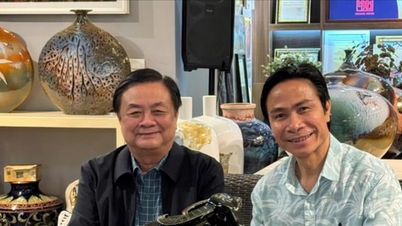
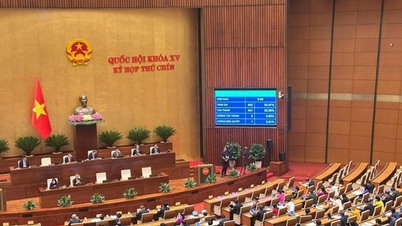

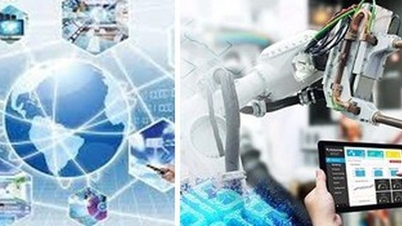







Comment (0)